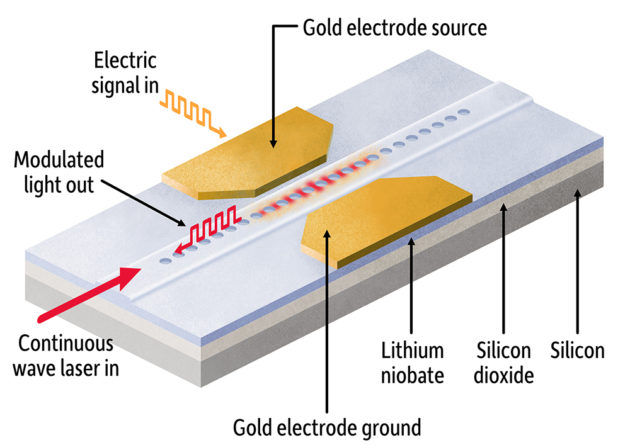Photonics Revolution: A Comprehensive Guide to Material Platforms for Photonic Integrated Circuits (PIC)

About Course
Step into the cutting edge of light-based technology with Photonics Revolution: A Comprehensive Guide to Material Platforms for Photonic Integrated Circuits (PICs). In this course, you’ll discover how harnessing photons instead of electrons is transforming everything from ultra‑fast data centers to next‑generation sensors and quantum computers. Beginning with an intuitive introduction to photonics and PICs, you’ll explore the material building blocks—silicon, III‑V semiconductors, polymers, graphene, and beyond—that make these laser‑powered chips possible. Through real‑world case studies and design deep‑dives, you’ll see how advances in materials science are unlocking groundbreaking new devices and applications.
Over the span of this course, you’ll master the fundamentals of waveguide design, fabrication techniques like photolithography and wafer bonding, and strategies for thermal management and hybrid integration. You’ll then dive into high‑impact applications—optical interconnects in data centers, biochemical sensing on a chip, and even quantum photonics for secure communication and precision metrology. Whether you’re an engineer eager to build the next PIC, a researcher pushing material frontiers, or simply curious about the future of light‑based electronics, this guide will equip you with the knowledge and practical insights to lead the photonics revolution.
Course Content
Introduction to Photonics and Photonic Integrated Circuits (PIC)
What is Photonics?
00:00Overview of Photonic Integrated Circuits (PIC)
00:00Importance and Applications of PICs
00:00